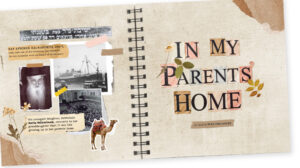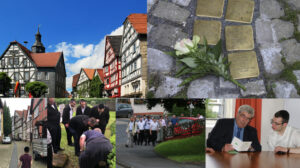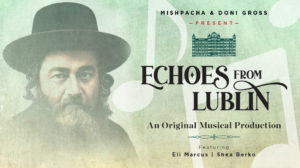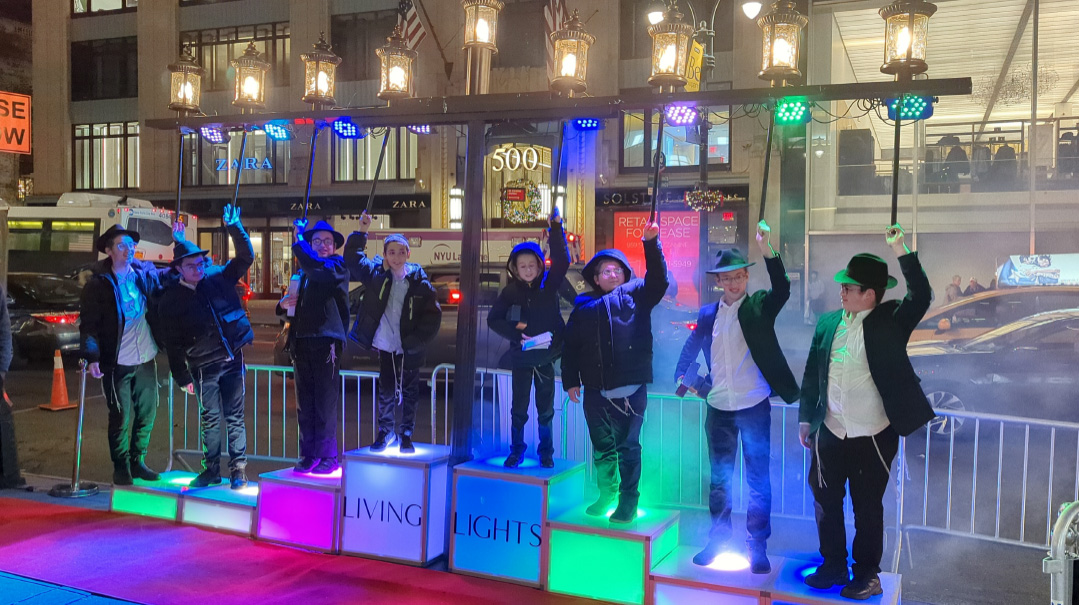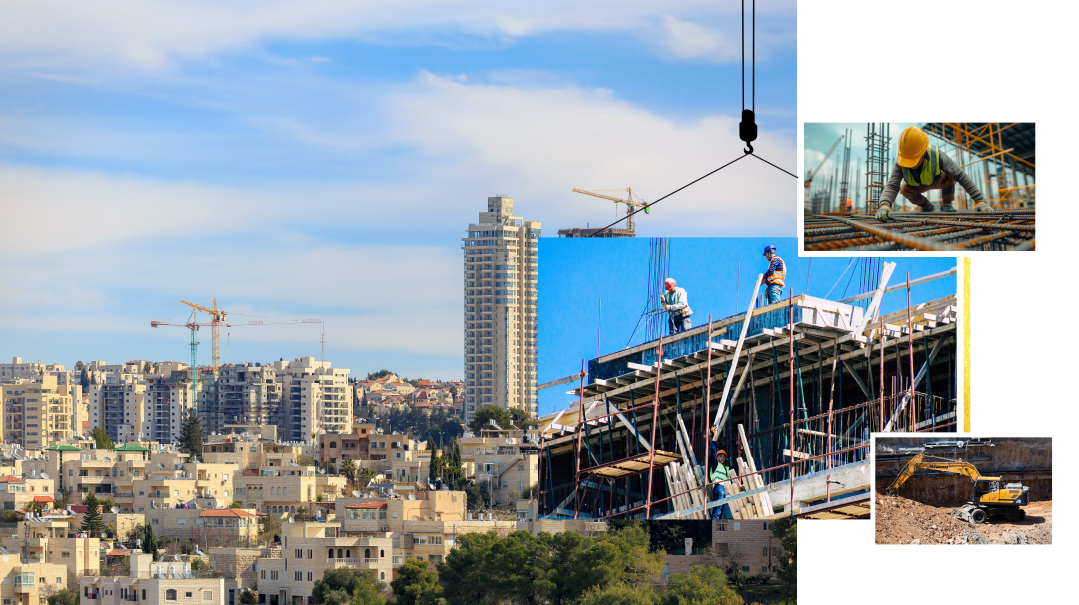Rambam Illuminated
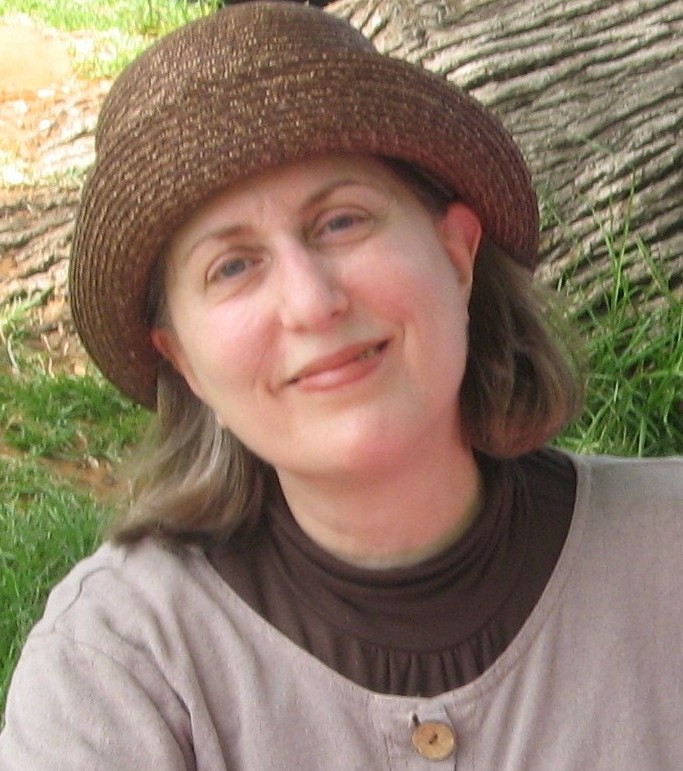
A long-ago art form sheds light on Maimonides and the medieval Jewish world where he flourished
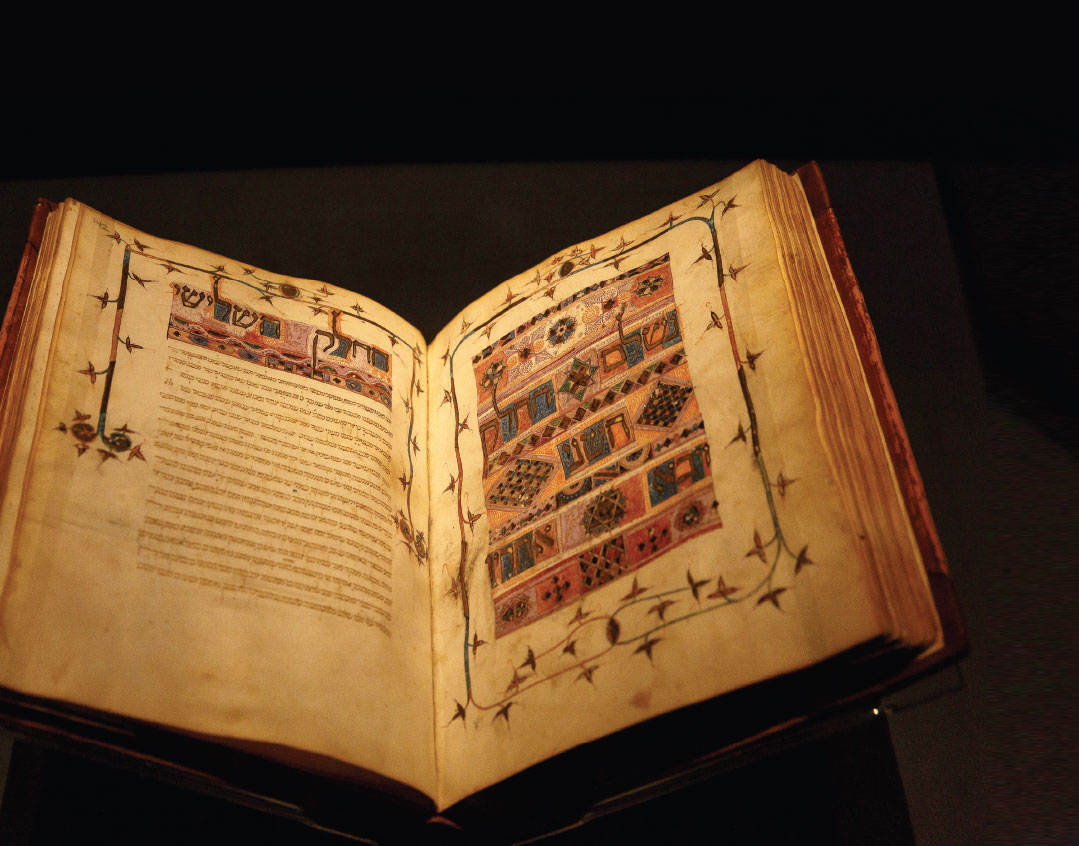
Photos: Elchanan Kotler
T
he gallery walls are black, and the lighting is dim. But inside the display cases, it’s all light: glistening golds, vibrant reds, and shimmering blues. And while the stars of the show are the magnificent examples of medieval illuminated art, they don’t overshadow the real gems, the words of Torah that flow across the pages — the life’s work of one of the Jewish People’s most outstanding leaders: Rabbi Moshe ben Maimon, more commonly known as the Rambam.
“Maimonides: A Legacy in Script,” an exhibition presented by the Israel Museum in partnership with the National Library of Israel, is drawing record crowds, according to chief curator Daisy Raccah-Djivre. To be precise, attendance in the museum’s Jewish Art and Life Wing is up by 60 percent. Considering that it’s not a special anniversary year for the Rambam, who was born in Cordoba, Spain, in 1135 (or 1138, according to some) and passed away in Fustat, Egypt, in 1204, why all the excitement?
Curator Anna Nizza Caplan, who along with associate curator Miki Joelson gave journalists a private tour of the exhibition, sums it up succinctly: “You’re going to see things at this exhibition that you will probably never see together again in Jerusalem or any other place.”
On the Road
“From Moshe to Moshe, there arose none like Moshe,” reads the famous epitaph on the Rambam’s headstone in Teveria. While the Rambam couldn’t trace his lineage back to Moshe Rabbeinu, he was descended from Jewish royalty: His family members were direct descendants of Yehudah HaNasi, the compiler of the Mishnah.
His father, Rabbi Maimon, was dayan of Cordoba’s beis din during a turbulent time in the city’s history. During the 10th and 11th centuries, Cordoba was one of the most advanced cities in the world, with a prosperous economy and more than 80 libraries and institutions of learning. But after the collapse of the Umayyad Caliphate in 1031, a century before the Rambam’s birth, the city was beset by sieges and power struggles. In the end, the city, as well as the rest of Muslim Spain, was conquered by the Almoravids and then the Almohads, two fanatical Muslim dynasties from North Africa.
The Almohadian regime gave the Jews a chilling choice: convert to Islam, be put to death, or go into exile. Rabbi Maimon, like many of Cordoba’s Jews, chose exile. For the next 12 years, the family wandered from place to place. Even though the Rambam lacked a stable environment during what we would call today his teenage years, the years of wandering didn’t have a negative impact on his learning. On the contrary, he began to write his commentary on the Mishnah when he was just 23 and while he was still on the road.
In 1160, the family settled in Fez, Morocco. But it turned out to be only a temporary haven from persecution. After further travels, including a brief sojourn in Eretz Yisrael, the family moved to Egypt and settled in Fustat, the Old City of Cairo.
Oops! We could not locate your form.




